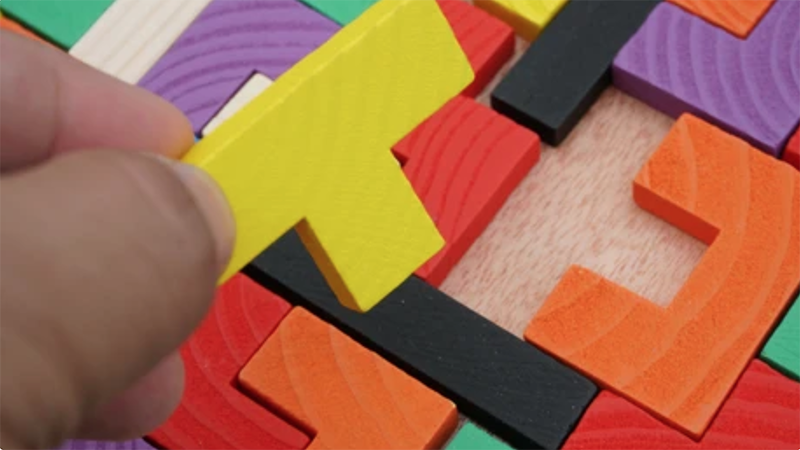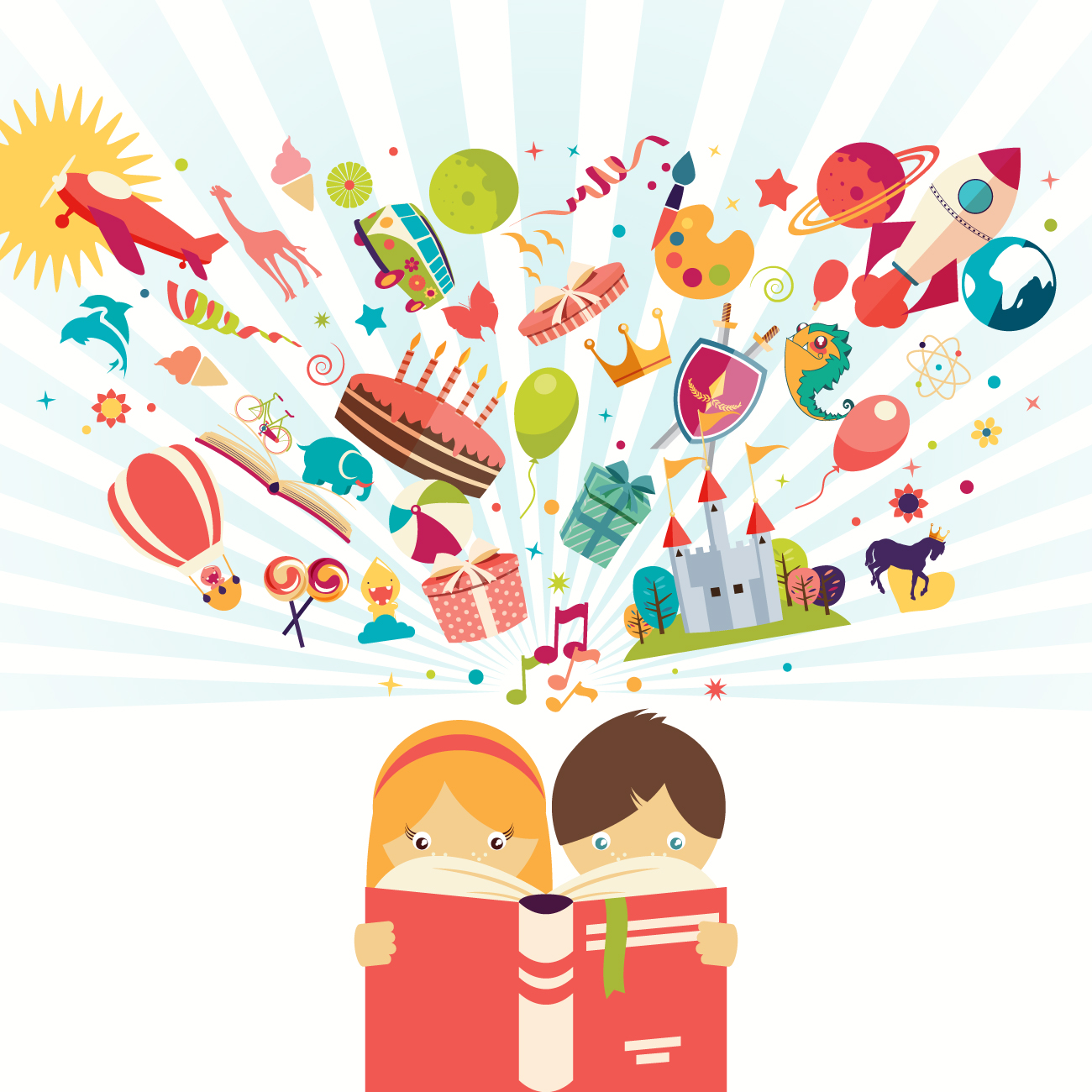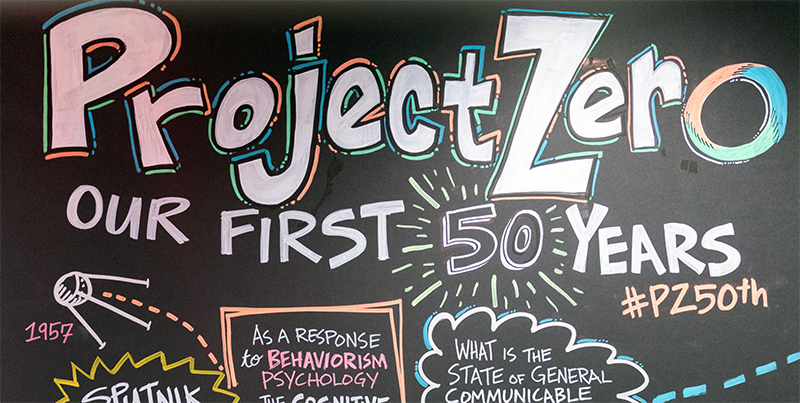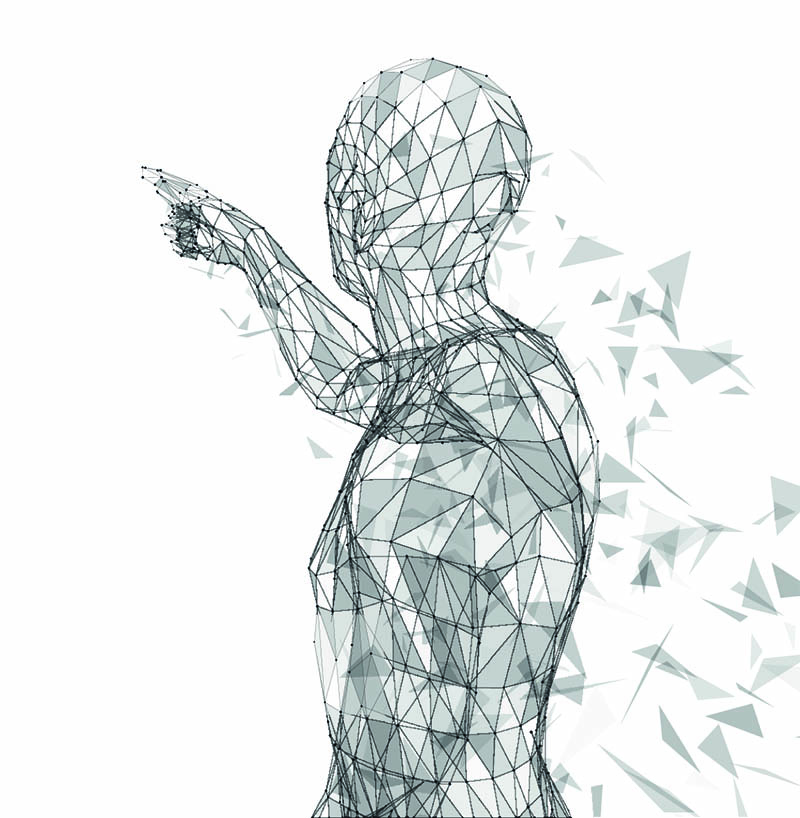We’ve already talked about the huge importance of critical thinking for citizens in the information society here. We’ll now address three projects to promote critical thinking among children and teenagers.
Wonder Ponder: the power of marvelling and reflecting
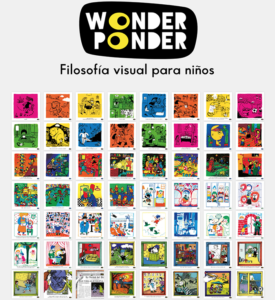
Wonder: to marvel at, to ask oneself… or even a miracle. Ponder: to reflect, to think, to consider things. So Wonder Ponder means “marvel at and reflect”.
Wonder Ponder is an educational, literary and philosophical project created by Ellen Duthie, a Spanish-British philosopher and fan of Maurice Sendak who’s managed to combine her passion for literature, more specifically children’s literature, and philosophy in projects that can prove useful in arousing philosophical curiosity among children and adults.
Wonder Ponder uses images of everyday situations to invite people of all ages (not just children) to reflect on diverse philosophical concepts such as happiness, fear, freedom and dreams.
Thus, based on an image, a short story or a simple word, direct questions that lie very close to the world and daily life of the students are covered. For example, are you happy? Are you happy? Why? What makes you happy? What things are you afraid of? Why are you afraid of these things? Who’s in charge in your house? Who’s in charge at school? Does someone always have to be in charge? Do you like being in charge? If you were in charge at home, what would you do? What would you change? And what would you change at school? What is it about them that makes you afraid? Is it possible to be afraid of something that isn’t alive? For example, a dummy? Why are some people afraid of the dark? What do they think? Is fear in our heads or is it real?
As Ellen Duthie writes in her blog, this fosters the art of conversation and, progressively, the art of dialogue and the habits of waiting for one’s turn to speak, listening to peers and expressing agreement and disagreement, gradually learning to give more specific reasons to justify opinions.
Wonder Ponder stems from Duthie’s previous work titled Filosofía a la de tres, a project aimed at children that began in 2012 for three-year pupils at a nursery and primary school in Madrid (Spain) and accompanied them until the age of five. Every two weeks they used picture books to “philosophise”. One day, Duthie asked illustrator Daniela Martagón to design thematic images that would serve as “snapshots” on an ad hoc basis. These images worked so well when it came to stimulating the children that Duthie and Martagón set up Wonder Ponder, their own publishing house, to publish “boxes of visual philosophy”. Four boxes have been published so far: Cruel world “invites us to think about cruelty in a way that’s both serious and fun”, I, person allows its readers to construct their own definition of a person and establish the implications of being a person in terms of rights, responsibilities, intelligence, emotions, knowledge and learning, Whatever you like encourages play and thought about freedom, and Pinch me prompts its readers to explore the differences between what’s “real” and what’s “fake”, think about our senses and what they tell us about the world and ask ourselves whether or not we might be dreaming.
These projects introduce the children to the habit of dialogue (expressing their own ideas, listening to those of others, respectfully expressing agreement or disagreement, etc.), developing the routine of stopping to think and taking the time to ask, question and analyse the world. The children also learn to explain why they think things and justify their opinions.
Critical thinking is a habit that comes with practice, but children, with their innate curiosity and constant capacity for wonder, already come equipped with some of the most important qualities for practicing this key skill.
Picture of the Day: the image as a trigger for thought
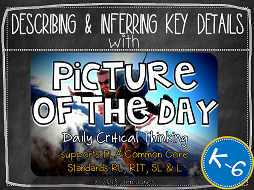
In keeping with the same “philosophy” as the one above (apologies for the philosophical redundancy), Picture of the Day is a project that focuses on the evocative power of images. It’s a simple and effective way of enabling students to practice important reading skills such as observing, describing and making inferences by analysing pictures instead of texts.
Its creators argue that reading comprehension requires a range of skills, such as observing, describing and inferring, that can prove difficult for the students to develop, especially those who are still learning to read. When they practise reading, the efforts are often predominantly focused on decoding words and identifying the surface meaning of sentences rather than developing a deeper understanding of the text. As a result, the children may find it difficult to answer questions about the text that require thinking skills of a higher level.
Picture of the Day is a simple idea that can improve reading comprehension by transferring critical analysis from reading a text to exploring a picture. Without having to focus on decoding words, the children’s energies can be directed towards developing inference and critical thinking skills. Moreover, by using an image instead of a written text, all the students have the same opportunities to share their ideas without being restricted by their reading level while, for the children whose mother tongue differs from the language used in class, Picture of the Day can be a particularly powerful tool when it comes to supporting the learning of new vocabulary.
How does it work?
- Choose the photo. Firstly, a photograph is chosen. Any image can be used, although Picture of the Day provides a resource kit with 38 weeks of images, an evaluation section and a practical manual.
- Observation and inference. The students are given time to look closely at the photograph and answer two questions: What do I see and what do I think? The question “what do I see?” is meant to explore the facts related to the photo, things that can’t be disagreed with. These are observations. The question “what do I think?” encourages the students to make conjectures and assumptions based on evidence to be found in the photo. These are inferences. This process should take between five and ten minutes. When the students observe all the details of the image, they can draw reasonable and justified inferences and conclusions.
- The students can record their detailed observations and inferences and then engage in a class discussion to reach a consensus as to what can be observed in and inferred from the image. This exercise can also be performed orally.
Having originated in the United States, this innovation has spread to several countries around the world, including Mexico, Brazil, Peru, Colombia, Ecuador, Indonesia, India and the Philippines.
(In)fórmate: secret agents combating disinformation

Planet Earth. Indeterminate future. The rise in disinformation and the manipulation of contents that began to prevail in the second decade of the beginning of the second millennium has turned the world into a sad and bleak place in which mistrust among the population predominates and communication is minimal. But there’s still hope. A team of brave detectives will travel back in time to transform the potential danger, dismantling the hoaxes and fake news and changing a dystopian future of unhappiness and mistrust into one of trust, communication and happiness.
This is the argument of the Eraser Project, gamified training that forms part of (In)fórmate, a programme developed by the FAD and the Spanish Government that seeks to instil in teenagers the ability and willingness to access the information provided by the traditional media and online content and analyse, contextualise and evaluate it to nurture their critical thinking.
The Programme aims to help the students to acquire:
- The skills required to analyse the media’s contents, messages and sources and their different formats.
- The practical keys to distinguish between useful and truthful and false, unverified and irrelevant data in the vast amount of information surrounding us.
- The ability to produce truthful and useful content with rigour and respect for intellectual property, in such a way that they can become active users of the information and creators of useful and responsible content.
It therefore offers several products to help both the students and the teachers:
- Experiential videos of information professionals. Throughout the project, up to a total of four videos on how news and content are generated in numerous different areas are offered. Journalists, reporters, youtubers and other content creators explain how they create their news stories and reflect on the challenges they face in each case in seeking to guarantee truthfulness and credibility.
- ERASER gamified training. As mentioned above, the students have to carry out different missions to detect and disable acts of disinformation or manipulation (real ones or ones based on real events) in order to prevent the world from moving towards a grey and sad future beset by mistrust.
- Info-Influencers Competition. With the support of mentors-professionals from the media, the participants in this competition will be able to expand their knowledge and perform further work on the presentation of information by taking part with their own contents in one of the following categories: written expression, audiovisual content and social media.
- (In)fórmate provides a set of documents and fact sheets to facilitate the pedagogical use of its contents: a general guide for a detailed explanation of what the programme is like and what it aims to achieve, a specific ERASER didactic guide and a set of short fact sheets for educational work with each of the experiential videos on how information is generated in different contexts and topics related to the programme.



